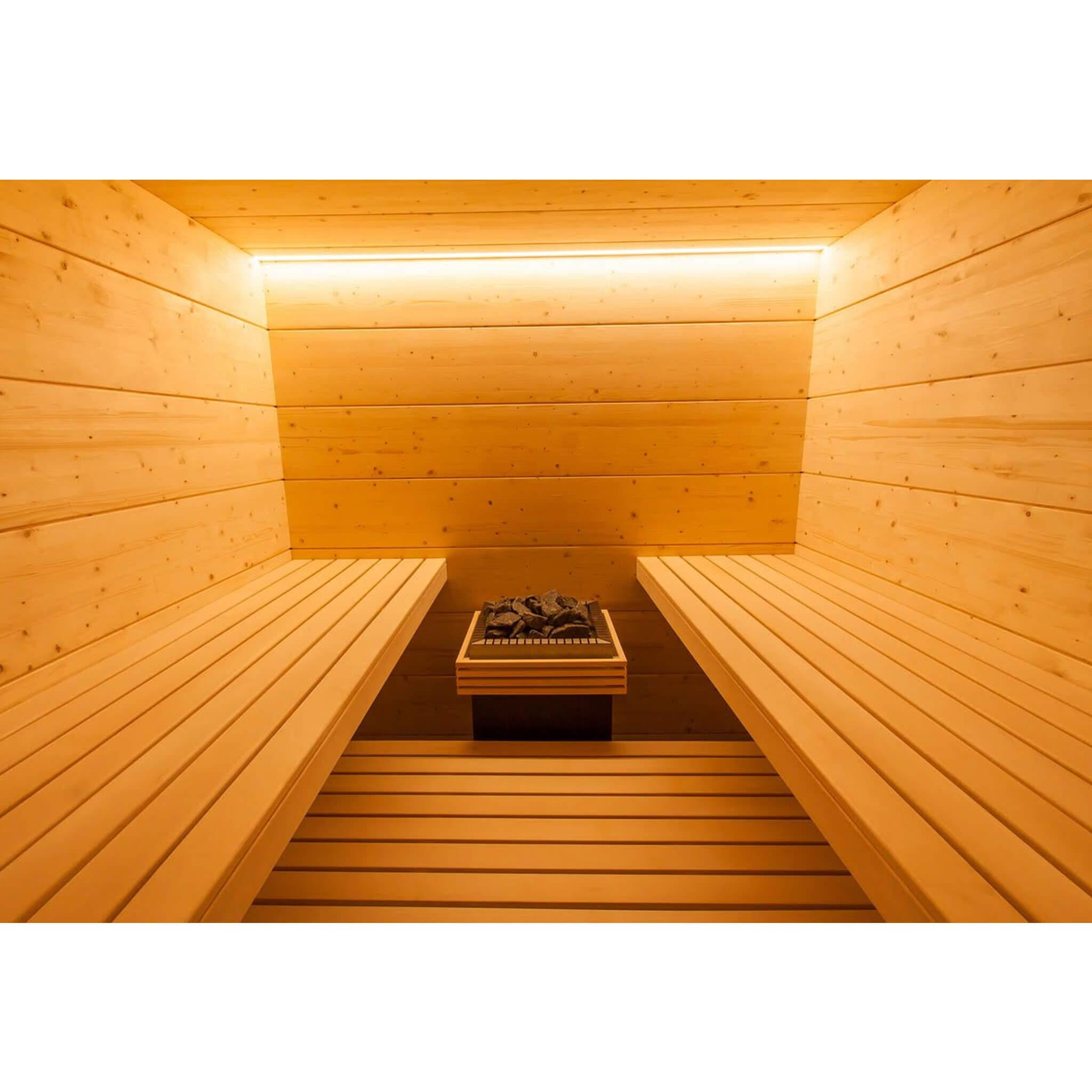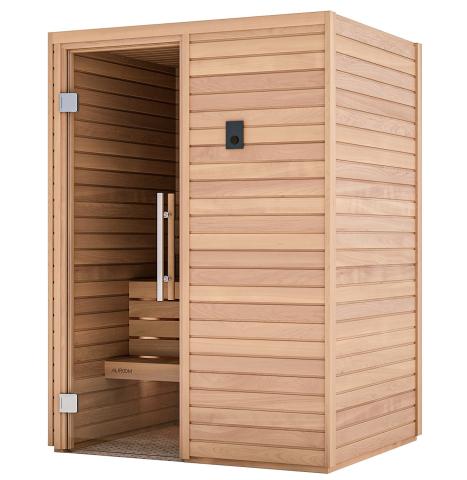Fascination About Traditional Sauna
Fascination About Traditional Sauna
Blog Article
Getting The Traditional Sauna To Work
Table of ContentsWhat Does Traditional Sauna Mean?Indicators on Traditional Sauna You Should KnowThe Basic Principles Of Traditional Sauna The 25-Second Trick For Traditional SaunaThe Greatest Guide To Traditional Sauna
A lot of the weight lost in a sauna is water loss and is re-gained upon rehydrating. Nevertheless, without a question sauna can be a vital part of a healthy weight loss program. To take a look at the differences between typical and IR saunas, I will certainly separate these into verifiable, theoretical, and fabricated differences.Thus, the hottest point in the saunawhich is at the ceiling directly above the sauna heateris generally between 185 and 190 F. Claims that a standard sauna surpasses 200 F is merely not true and not relevant for electric saunas sold in the US. The temperature for a far-infrared sauna is typically set in between 120 and 140 F; however, unlike the traditional sauna, the objective in and IR area is not to achieve a high temperature.

When a typical sauna has been properly warmed, the sauna wall surfaces are warm, the air temperature level has achieved established temperature and the rocks are incredibly warmed. As an intriguing side note, the warmed walls and the rocks are giving off far-infrared heat, incorporated with the warmed air, to produce an "wrapping up heat".
Not known Facts About Traditional Sauna
When the high temperature is attained, the aspects cycle on and off to keep the high temperature level. Most traditional sauna individuals appreciate pouring water over the rocks to develop steam to elevate sauna humidity levels. The benefits of putting water over the rocks consist of: making the space more comfy, dampening the nasal passages, and allowing the use of aromatherapy by blending vital oils with the water.

When the power gets in the body, it creates the body temperature to boost and inevitably causes sweat. In an infrared sauna it is very important for the emitters/heaters to remain on almost regularly. Considering that there is no mass of rocks to keep heat, the sauna will certainly cool if the emitters shut down.
The Facts About Traditional Sauna Revealed
As stated above, the sauna bather in an infrared area wishes to position himself before running emitters to obtain maximum benefit from the warmth. The heating time for both spaces can be really different, relying on exactly how the spaces are made use of. For a standard sauna, a bather ought to permit 30-40 mins for the area to achieve a wanted temperature level and to appropriately pre-heat the rocks.

A well created sauna will generally achieve a temperature level of 150-160 F in about 30-40 minutes (Traditional Sauna). For hotter temperatures, the room might require to warmth for a longer period. Once the space achieves set temperature, the heating unit will cycle on and off, commonly running concerning 50% of the time. The protected walls and the warmed rocks will maintain the area warm and at secure temperatures.
To some, 15 Get the facts minutes was "squandered" while the infrared energy heated up the timber panels instead than heating a body, while others discover a pre-heated space to be a lot more comfy and believe a raised starting temperature is essential to begin perspiring. The size of advised usage for each area is about the very same (10-15 minutes per session); nevertheless, because of the lower air temperatures and the ability to feel the impacts of infrared warm faster than a conventional sauna, it is not unusual for an individual to spend a total of 20-30 mins in an infrared sauna.
Getting The Traditional Sauna To Work

The average expense per kWH of power in the U.S. is around $0.11, so a 4.5 kW heating system will cost around $.50 to compete one hour, if the heater runs constantly for one hour. Typically a sauna heating unit will certainly compete 75% of the initial hour and 50% of subsequent hours on because the aspects cycle once the established temperature is achieved.
A two individual far-infrared area is normally literally smaller than a conventional sauna, usually about 4' x 4' or smaller sized. The IR heating unit is usually 1.5-1.7 kW making use of a 120 volt 15 amp plug-in service. Since the area can be made use of sooner than a sauna area, we will certainly think the room is used for to of an hour consisting of heat up time.
There is a hardly ever discussed difference in the social experience between the 2 spaces. While our society has actually shed several of why not check here the social benefit of the conventional sauna experience, it can be very socially gratifying (Traditional Sauna). From family members time in the sauna, to heart-felt conversations with better halves, to sauna partiesthe traditional sauna experience can result in intimate socializing
The 20-Second Trick For Traditional Sauna
The majority of higher end infrared areas include tinted light treatment, sound systems and full-glass fronts.
Report this page